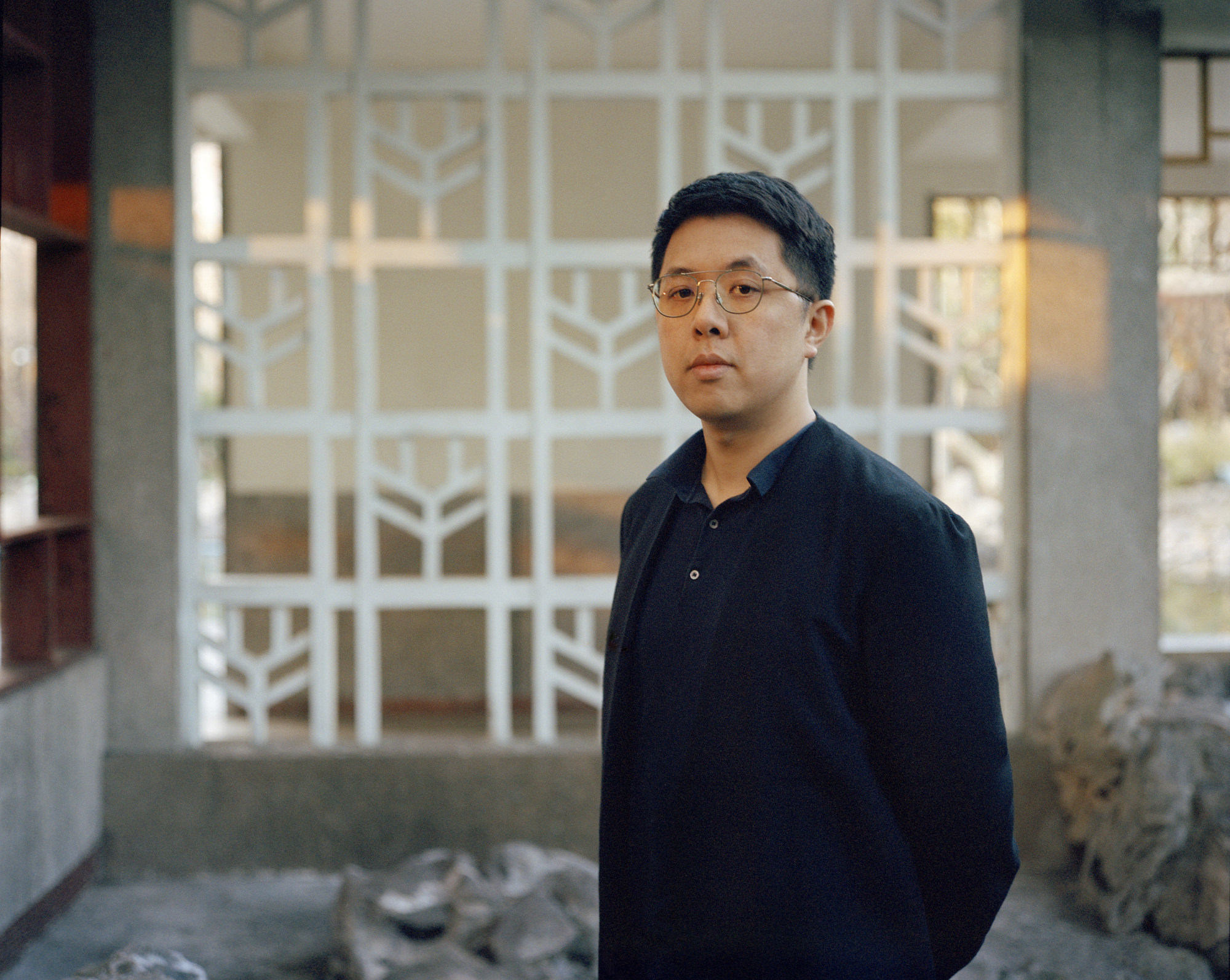
Hong Kong art space Para Site changes direction to become ‘like a living organism’, with longer, focused exhibitions that evolve
- Non-profit art space’s new curator will explore longer, more focused exhibitions that allow ideas to develop. The gallery’s new show is a prime example of this
- Inspired by radical 1960s art space Signal London, ‘signals … storms and patterns’ shows powered artworks that are constantly changing
Until recently, most exhibitions at the non-profit art space Para Site in Hong Kong were like mini biennales – packed to the gills with work by multiple artists.
“We really pushed the limits of the size of our space and what we could hold,” says Billy Tang, the gallery’s recently appointed executive director and curator.
“There was a kind of busyness to the volume and frequency of what we did. Now it’s interesting to think about how to shift the rhythm.”
Instead of a maximalist approach, Tang wants to explore longer, more focused exhibitions, allowing time for ideas to percolate.

The current exhibition “signals … storms and patterns”, which he co-curated with Celia Ho, is a prime example.
The show, which is part of a larger project that will unfold in three chapters over more than six months, acts as a manifesto for Para Site’s new direction.
Hong Kong art centre Para Site’s new director Billy Tang
Inspired by the radical 1960s art space Signals London – which was a hotbed for cross-disciplinary experiments – the exhibition engages an evolving cast of artists, curators and researchers.
It expands on the ideas of kinetic and time-based art explored in the London project through various expressions of movement and artworks using electric charge, radio waves and motors which trigger chain reactions and encounters.
Like Signals London, which had an influential news bulletin, they have enlisted editor and translator Wing Chan and photographer South Ho to create an online newsletter which will culminate in a publication.
This idea that things are a work in progress, they are evolving and it’s not a static idea of exhibitions I think makes it exciting.
The current chapter of the project, which closes on May 28, features 11 artists and a printmaking collective. A few artists will continue to exhibit in the next two chapters either adapting existing work or introducing new pieces.
“Previously Para Site was artist-led, then it shifted to become an institution with a more curatorial focus. But thinking back, at those times, there were some really interesting experiments then,” says Tang, who says he’d like to try handing the reins to artists more often.
We can see a glimpse of this approach in the large, site-specific commission Inhale Exhale (2023) by Chinese artist Wing Po So. The accordion-like tunnel, which resembles a human trachea, is made of paper air filters folded into layered arches.

The structure is coated in an invisible layer of powdered amla (Indian gooseberry) – a medicinal fruit known for its detoxifying properties – which fills the air with a musky smell.
Wing sees the audience members as air molecules that are transformed and “purified” as they pass through the tunnel, which will evolve over time with new lighting and sound components.
Nearby on the floor is another work by the artist, Sea Ear Hi-hat (2020), in which 17 abalone shells open and clamp shut, releasing sounds that evoke uneven breathing as well as melodic chinking noises. The sculptures are strangely lifelike.

The objects are interconnected with tubing which pumps air that pushes a fluid mixture containing soil, rice, and seed around in a circulatory system. There are also motion sensors connected to instruments that create music and activate sounds based on visitors’ movements.

“He’s created a system that visualises elements that are absent like temperature, humidity and sound [which shape the installation]. These are invisible like minority communities and he’s making them visible in a contemporary art setting,” says co-curator Ho.
Hong Kong printmaking collective Printhow, whose woodcuts are on display – including the piece Everybody Chips in With Their Bit (2019-2020) – is similarly concerned with invisible communities.
Miley Cyrus follows her: artist Dan Lam and her drippy, trippy sculptures
The print is tacked onto a plywood wall resting on homemade concrete breeze blocks, part of a temporary display system designed by architect Joel Austin. The walls can be easily reconfigured and reused, unlike walls that might have needed to be torn down.
“We think of Para Site as a progressive space with an ability to be a leader in the cultural sphere,” says Tang. “So we wanted to raise the idea of sustainability in this show.”
Looking ahead, the curator is excited to open a project space on the 10th floor of the same building in May. Designed by architecture firm Collective Studio, it will not only expand Para Site’s footprint but allow for parallel programming to promote local artists while also engaging with interesting artists from overseas.

“Having an international comparison energises the local context. Ultimately, it gives more opportunities and awareness,” Tang says.
This coming October, for instance, he has commissioned Amy Lien and Enzo Camacho, an artist duo based between New York, Manila, and Berlin, to do a show.
South Korean artist Kimsooja invites viewers to pause and reflect
Meanwhile, the current show marks the start of a new phase of Para Site’s growth. “It’s an example of what Billy’s trying to do – reorient the space to be more like a living organism,” says Mark Rappolt, the editor-in-chief of international contemporary art magazine ArtReview.
“This idea that things are a work in progress, they are evolving and it’s not a static idea of exhibitions I think makes it exciting.”
“signals … storms and patterns”, Para Site, 22/F, Wing Wah Industrial Building, 677 King’s Road, Quarry Bay, Hong Kong. Ends May 28

